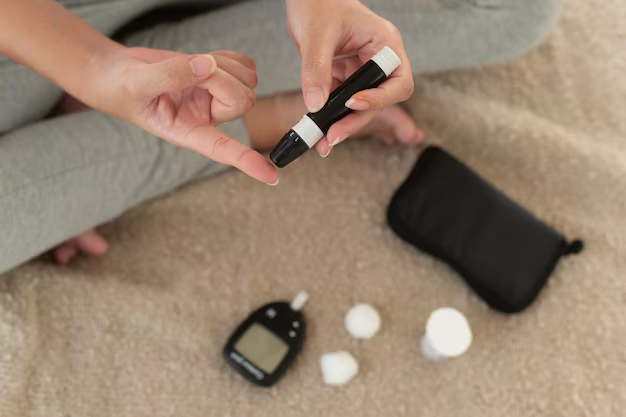How to Test for Diabetes at Home: A Simple Guide
Living with the possibility of diabetes can be daunting, but taking proactive steps to monitor your health is empowering. With the advent of modern technology, testing for diabetes at home has become increasingly accessible, offering a convenient way to keep your health in check. This article will guide you on how to effectively use home testing kits to manage your health and transitions into helpful resources for financial support that may make handling health expenses more manageable.
Understanding Home Testing
Home testing for diabetes primarily involves monitoring blood glucose levels. The two main tools you will need are a glucometer and test strips. Here's how you can test your blood sugar at home:
Choose the Correct Time: Testing should ideally be done in a fasting state, typically early in the morning before breakfast, and about two hours after meals to see how your body metabolizes sugar.
Prepare Your Supplies: Gather your glucometer, test strips, and a lancing device. Ensure your hands are clean and dry to avoid any contamination.
Prick Your Finger: Use the lancing device to prick the side of your fingertip. This area generally provides more blood and less pain.
Apply Blood to the Test Strip: Place the drop of blood at the end of the test strip and insert it into the glucometer as per the instructions.
Read the Results: Your meter will provide a reading that indicates your blood glucose level, typically within a few seconds. Keep a log of your results to share with your healthcare provider.
When to Follow Up
If your readings indicate blood glucose levels consistently outside the normal range (70-130 mg/dL fasting and less than 180 mg/dL post-meal), it's essential to consult with a healthcare professional. Early intervention can prevent the progression of diabetes and associated health complications.
Embrace Financial and Educational Opportunities
Managing diabetes requires more than just monitoring—unfortunately, it can also mean financial strain. However, several options can help ease the burden:
Government Aid Programs: Many regions offer assistance programs designed to help those with diabetes receive necessary medication and supplies at reduced costs.
Financial Assistance: Look into financial assistance through hospitals or local health departments that often have initiatives to support those struggling to afford their diabetes management needs.
Debt Relief Options: If your medical expenses are becoming overwhelming, certain debt relief services can negotiate with creditors on your behalf.
Educational Grants: Those looking to further their understanding of diabetes can explore grants that enable further education in health management, which in turn can empower you to handle your condition better.
Financial Support and Educational Resources
- 🏛 Medicaid & Medicare: These government programs often cover diabetes testing supplies and medication.
- 💼 Assistance Through Hospitals: Some hospitals offer financial assistance for people who cannot afford diabetes management tools.
- 💳 Credit Card Solutions: Look into credit cards with low interest or special financing plans for medical expenses.
- 📘 Educational Grants: Available for those pursuing studies in health sciences, particularly those interested in diabetes research and management.
- 🙌 Non-Profit Aid: Organizations like the American Diabetes Association provide programs and services to assist with costs.
Taking control of your diabetes management through home testing is a prudent and proactive step. With the support of financial aids and educational resources, you can better manage your health and reduce the strain on your finances.
